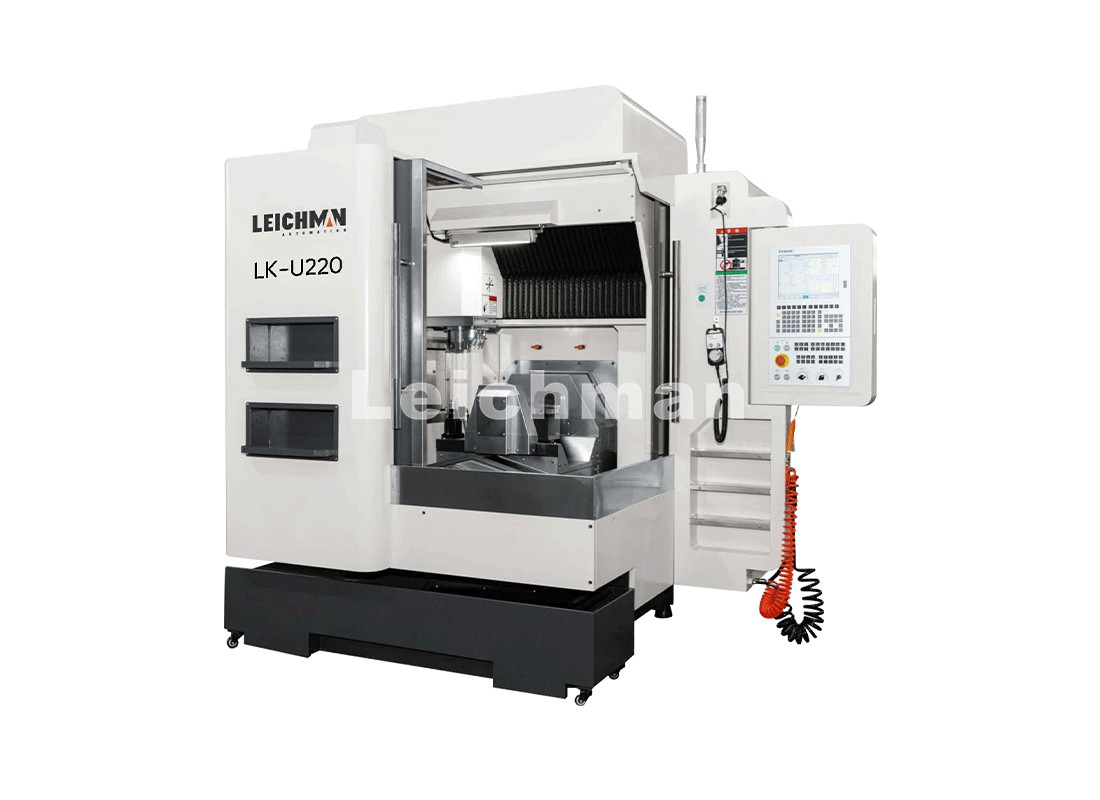Pulished on Nov. 08, 2023
The five axes of a 5 Axis Machining Center usually refer to the ability of a CNC machine tool to move parts or tools simultaneously on five different CNC axes. Standard 3-axis milling is performed on the X, Y, and Z axes. These three linear axes are the directions in which the spindle or part (depending on the machine) can move: X-axis: from left to right, Y-axis: front and back, Z-axis: up and down. The Five Axis Machining Center also uses two rotation axes: A axis, B axis, and C axis. A axis: rotates around the X axis, B axis: rotates around the Y axis, and C axis: rotates around the Z axis.
The use of a rotating axis in a Five Axis Machining Center means that the machine can move parts or cutting tools (spindle heads) around one of the previously established linear axes. Different processing equipment will use different shaft combinations (A and B, B and C, or A and C), each configuration suitable for different types of processing.
The Five Axis Machining Center process is also very similar to the three axis CNC machining process. However, it has some very important functions that can provide these two additional axes and greater cutting flexibility. In a five axis machining center, the spindle and tool move along three axes. However, there are other rotations around the X axis (referred to as the A axis), Y axis (referred to as the B axis), and Z axis (referred to as the C axis). A Five Axis Machining Center can use any two of these rotating axes, depending on their configuration.
